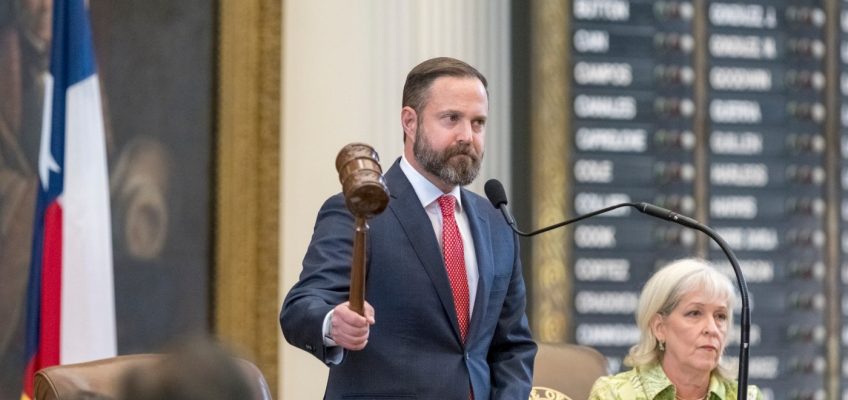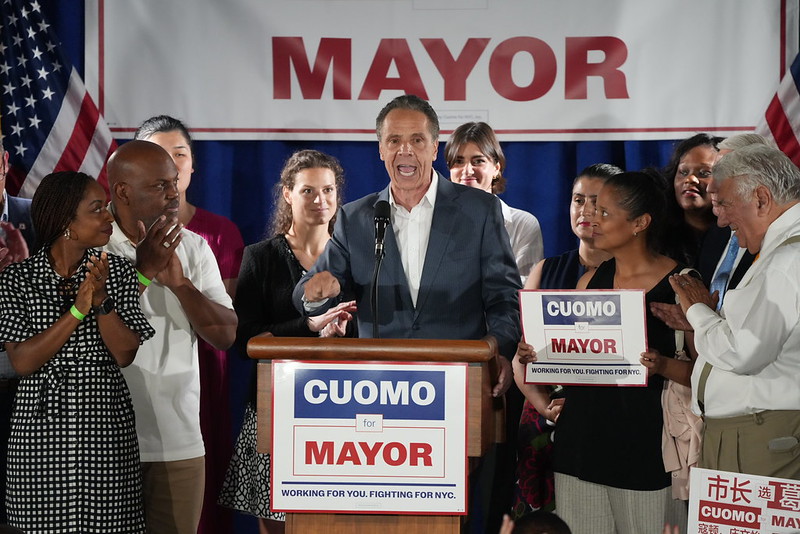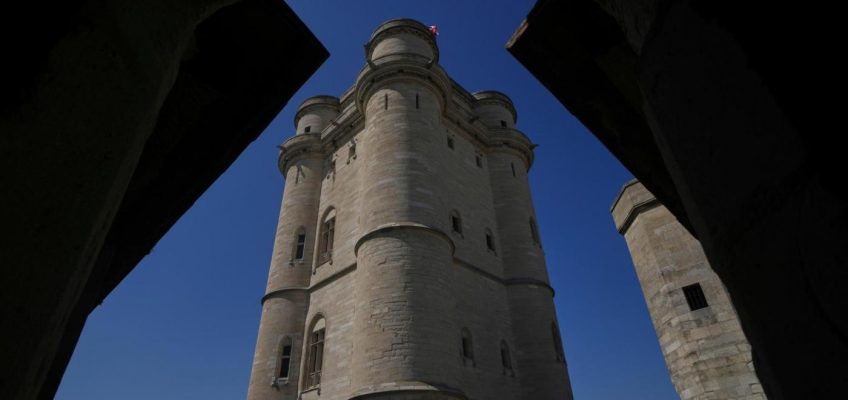By MICHAEL R. BLOOD, TRÂN NGUYỄN and NADIA LATHAN, Associated Press
AUSTIN, Texas (AP) — Texas Republicans ended a legislative session Friday without approving new congressional maps, but they still intend to satisfy President Donald Trump’s wishes for redistricting that bolsters their party ahead of the 2026 midterm elections as a multistate fight over control of Congress intensifies.
Related Articles
Trump’s ‘safe and beautiful’ move against DC homeless camps looks like ugliness to those targeted
Critics say Trump’s push for fairness in college admissions is leaving out legacy preferences
Watch live: Scene in Alaska as Trump heads for high-stakes meeting with Putin
Washington sues to block Trump’s federal takeover of its police department as crackdown intensifies
Terry Cole, chosen to take over DC’s police force, has spent 22 years at DEA
After Democrats thwarted Texas Republicans’ redistricting plan with their absence during a special session, Gov. Greg Abbott, a Trump ally, was expected to quickly call another special session in Austin.
Meanwhile, California Democrats plan to release a proposal for new maps aimed at countering any Republican gains in Texas.
The nation’s two most populous states have been at the forefront of a partisan battle that has reached into multiple courtrooms and statehouses controlled by both parties, with the balance of Capitol Hill and Trump’s agenda at stake for the latter half of his second presidency.
Texas Democrats who left the state nearly two weeks ago have denied their Republican colleagues the required attendance to conduct business and vote on Trump’s redistricting agenda. But they have said they would to return to Austin for another session once California Democrats release a new plan that they’ve been shaping behind closed doors.
“Do not go very far, as I believe our governor will be calling us back for another special session very soon,” Texas House Speaker Dustin Burrows said during a brief session Friday morning before lawmakers adjourned.
Burros said Abbott was expected to act at noon CDT.
Fight has gone national
In California, Gov. Gavin Newsom said Thursday that his state will hold a Nov. 4 special election to seek approval of redrawn districts intended to give Democrats five more U.S. House seats.
“We can’t stand back and watch this democracy disappear district by district all across the country,” Newsom said at what amounted to a campaign kickoff rally for the as-yet unreleased maps. “We are not bystanders in this world. We can shape the future.”
Newsom’s announcement marked the first time any state beyond Texas has officially waded into the mid-decade redistricting fight, though several governors and legislative leaders from both parties have threatened such moves. The Texas plan was stalled when minority Democrats went to Illinois, New York and Massachusetts on Aug. 3 to stop the Legislature from passing any bills.
Trump has urged other Republican-run states to redraw maps, even dispatching Vice President JD Vance to Indiana to press officials there. In Missouri, a document obtained by The Associated Press shows the state Senate received a $46,000 invoice to activate six redistricting software licenses and provide training for up to 10 staff members. Florida legislative leaders have suggested they will consider redistricting in the fall.
Newsom encouraged other Democratic-led states to get involved.
“We need to stand up — not just California. Other blue states need to stand up,” Newsom said.
House control could come down to a few seats in 2026
Republicans hold a 219-212 majority in the House, with four vacancies. New maps are typically drawn once a decade after the census is conducted. Many states, including Texas, give legislators the power to draw maps. California is among states that rely on an independent commission that is supposed to be nonpartisan.
The California map would take effect only if a Republican state moves forward, and it would remain through the 2030 elections. After that, Democrats say they would return mapmaking power to the independent commission approved by voters more than a decade ago.
In Los Angeles, Newsom and others depicted the looming battle as a conflict with all things Trump, tying it explicitly to the fate of American democracy.
“Donald Trump, you have poked the bear, and we will punch back,” said Newsom, a possible 2028 presidential contender.
Some people already have said they would sue to block the effort.
“Gavin Newsom’s latest stunt has nothing to do with Californians and everything to do with consolidating radical Democrat power, silencing California voters, and propping up his pathetic 2028 presidential pipe dream,” National Republican Congressional Committee spokesperson Christian Martinez said in a statement. “Newsom’s made it clear: he’ll shred California’s Constitution and trample over democracy — running a cynical, self-serving playbook where Californians are an afterthought and power is the only priority.”
California Democrats hold 43 of the state’s 52 House seats.
Lawmakers must officially declare the special election, which they plan to do next week after voting on the new maps. Democrats hold supermajorities in both chambers— enough to act without any Republican votes.
Nguyễn reported from Sacramento, California, Blood reported from Los Angeles and Barrow reported from Atlanta. Associated Press writer David Lieb in Jefferson City, Missouri, contributed.




